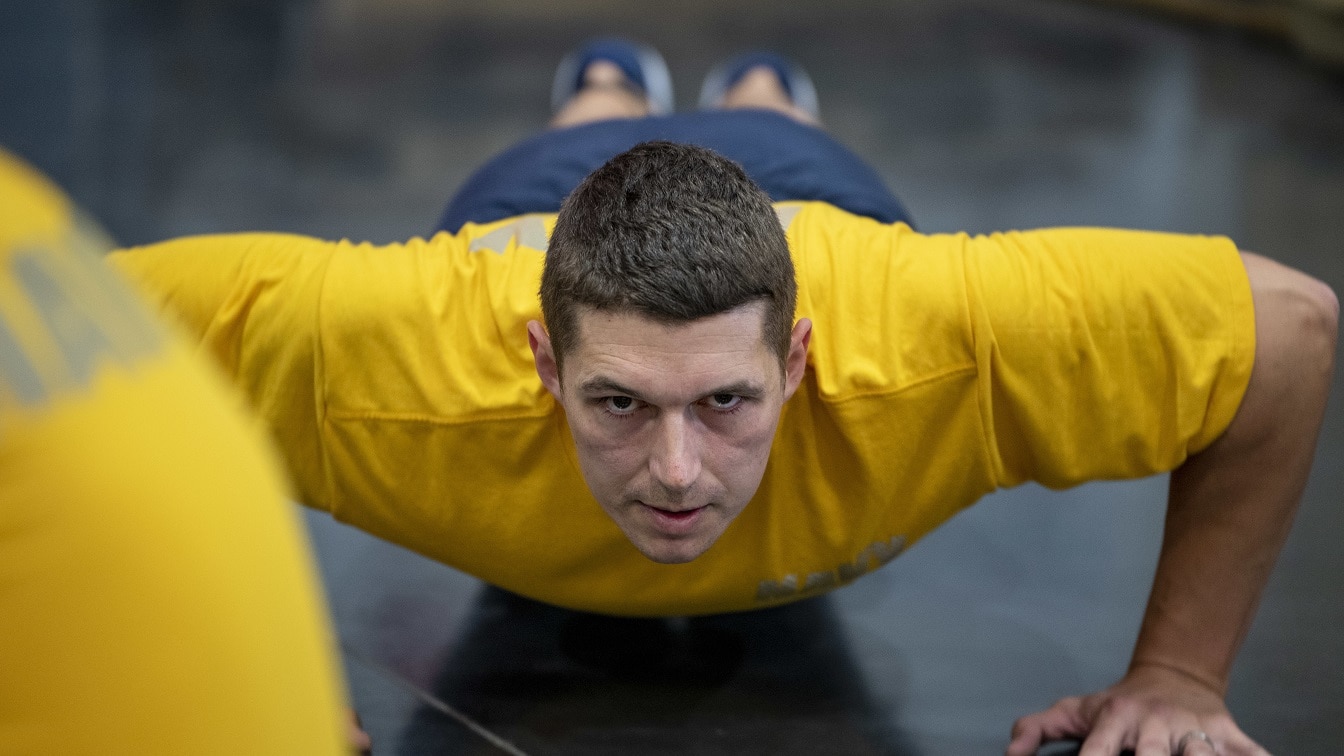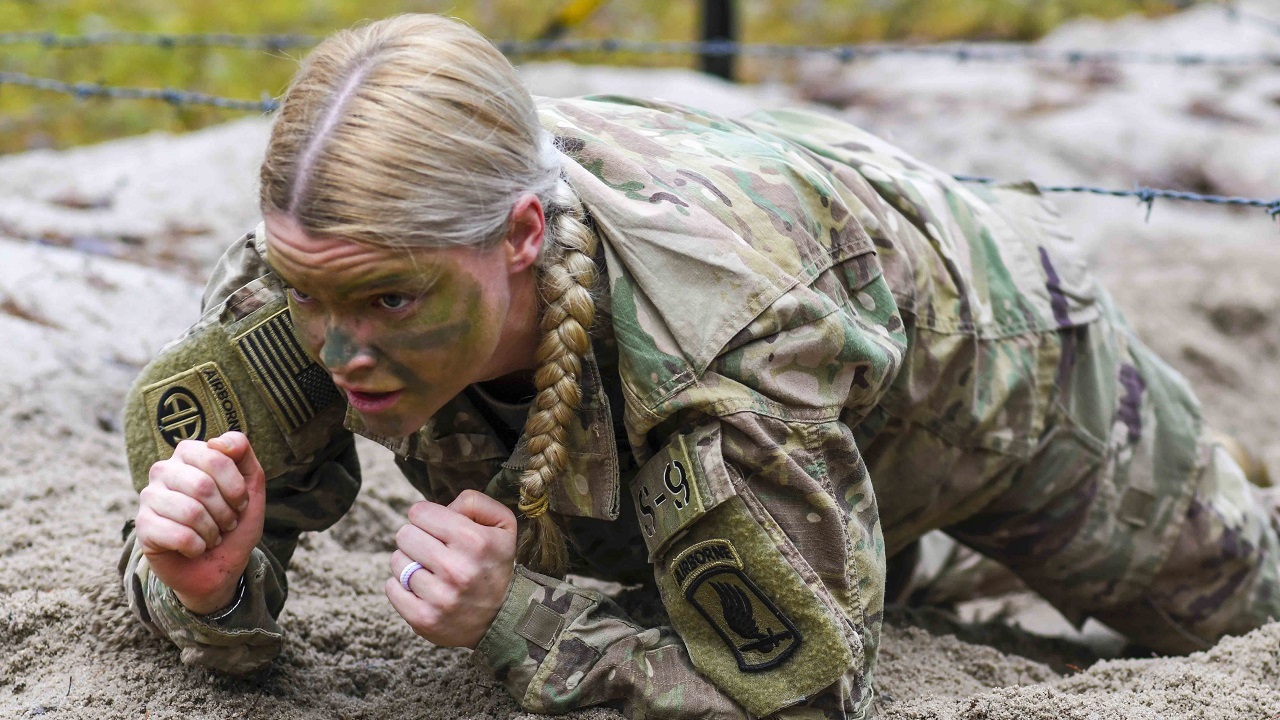I’m not aware of any deliberate surveys, but it seems we endured the traditional cycle of predictions for 2025 without any comments about our All-Volunteer Armed Forces. Perhaps we should have looked at it. Attention is needed.
The U.S. Military’s Biggest Challenge: Recruitment
Our legislators may want to ask about this. It’s not just a military or an executive branch thing. In Article I of the Constitution, Congress is charged “…to provide for the common defense and general welfare of the United States.” It is specifically charged with “…the power to raise and support armies … and to provide and maintain a Navy…”
Benign neglect is not a good answer. Legislative prerogatives, once forfeited, do not come back.
All-Volunteer Force: Can We Maintain It?
The best study of the All-Volunteer Force (AVF) is reviewed in a 2023 article in The Atlantic by retired Generals James L. Jones USMC and Arnold Punaro USMC.
It’s a comprehensive analysis of the circumstances leading to the AVF’s birth coupled with compelling financial analysis of what it takes to sustain the force. It should be required reading, because our force is not sustainable in its current form.
The Atlantic’s report also took note of our current recruiting crisis. “Recruiting” is an active thing, not some passive order-taking enterprise. It takes skill and determination, done by the best of us. By necessity, the recruiting efforts of the services have become ever more professionalized, with more recruiters “on the street” to achieve the recruiting mission. It is a monthly pass-fail for individual recruiters and the overall enterprise. The math does not lie. However, the challenges keep growing, and resolution lies beyond the reach of the services.
The Qualified Applicant Pool Is Shrinking Fast
The most serious challenge to recruiting is a sharp decline of qualified applicants within our national 17-24 age group.
According to the Misson Readiness Council for a Strong America: “Malnutrition, especially malnutrition manifesting as obesity, poses a threat not only to our nation’s health, but to our national security. Nationwide, 77 percent of youth between the ages of 17 and 24 cannot qualify for military service.”
Pause to let that sink in. Nearly eight out of every ten in that age group do not qualify to join the forces. Given these facts, even a general emergency mobilization (i.e., draft) would be difficult.
“Woke,” however defined, does not seem to affect the age cohort we are trying to recruit. According to an Army survey cited in the Atlantic’s report, only five percent raised that as an issue.
Racial and gender discrimination was a far more significant concern among the youth we’re trying to reach. In an already constrained and shrinking age cohort, we must avoid making our mission harder by alienating women and minorities with careless rhetoric.
A Self-Inflicted Problem?
The malnutrition manifesting as obesity in our youth, in the world’s strongest economy, is alarming. And shameful. Our kids should not be hungry, in school or out, regardless of who is at fault. It’s easy to allege blame. It’s harder to fix it but fix it we must.
Instead of cutting programs like the Supplemental Nutrition Assistance Program (SNAP), the Special Supplemental Nutrition Program for Women, Infants and Children (WIC), the National School Lunch Program (NLSP) and others, we should drive our secondary education systems to ensure proper nutrition and exercise as essential parts of education for our future generations.

GREAT LAKES, Ill. (Oct. 9, 2019) Electronics Technician 1st Class Troy Kruyer performs the push-ups portion of the physical readiness test inside Pacific Fleet Drill Hall at Recruit Training Command. More than 35,000 recruits train annually at the Navy’s only boot camp. (U.S. Navy photo by Chief Mass Communication Specialist Brandie Nix/Released)
It’s also critical for academic success. Any pennies we might save through cuts to school nutrition programs to meet ephemeral budget goals will be repaid through the failure of our common defense. Congress and senior executive branch action is needed.
When something was urgent, “Action this day” was often Churchill’s command. This is one of those things. Action this day indeed.
About the Author: Lieutenant General Wallace “Chip” Gregson
Lieutenant General Wallace “Chip” Gregson joined The Roosevelt Group as a Senior Advisor after over 30 years of service in the U.S. Marine Corps. Prior to retirement, Chip served as the Assistant Secretary of Defense, Asian and Pacific Security Affairs. He also served as Commanding General of Marine Corps Forces Pacific and Marine Corps Forces Central Command, where he led and managed over 70,000 Marines and Sailors in the Middle East, Afghanistan, East Africa, Asia and the United States.

